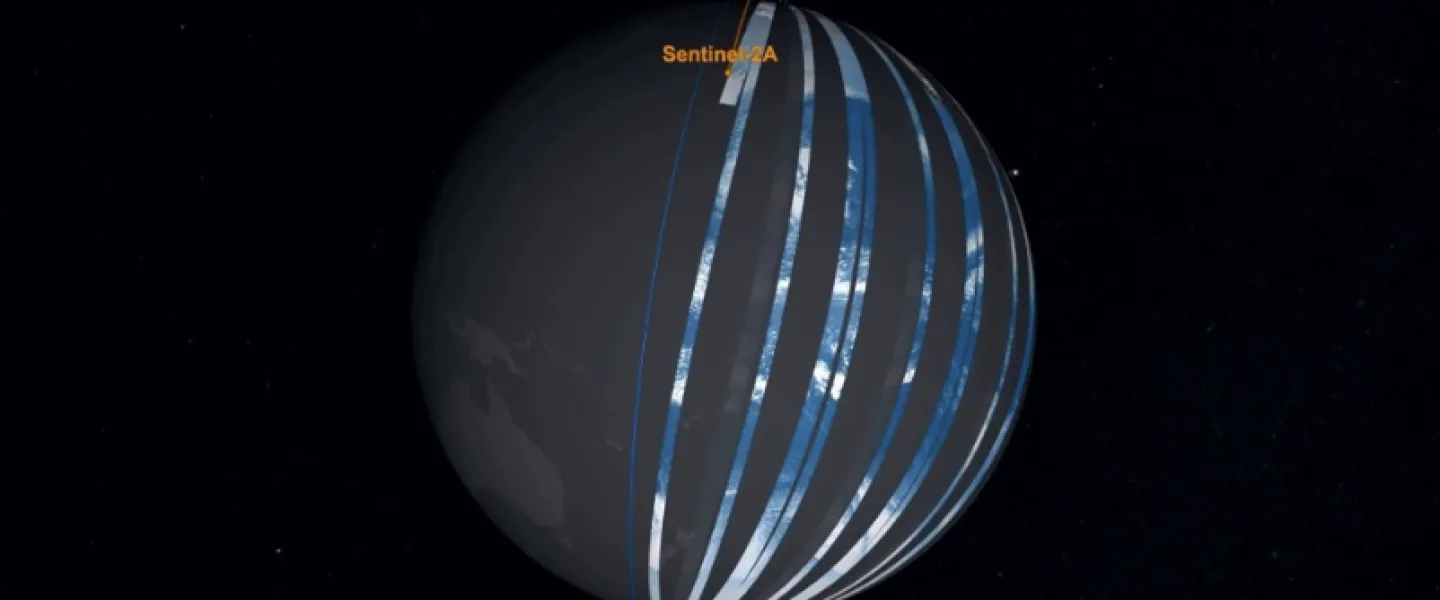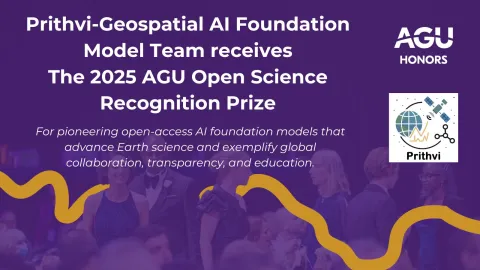
Scientists at the University of Iceland, along with their collaborators at NASA, Jülich Supercomputing Centre (JSC) and computer giant IBM, and other partners, have been awarded a prize by the American Geophysical Union (AGU) this year for developing an open-source AI foundation model in remote sensing, which can be used to monitor various changes on the Earth's surface.
The AGU Open Science Recognition Prize is awarded for the second version of the Prithvi-Geospatial AI Foundation Model, which the team has been developing in the past few years. “Prithvi-EO-2.0 is an enhanced, open-source AI foundation model co-developed by NASA, IBM, and the joint Simulation and Data Labs on remote sensing hosted at the Jülich Supercomputing Centre (Forschungszentrum Jülich) and the University of Iceland,” says
Gabriele Cavallaro, associate professor at the Faculty of Electrical and Computer Engineering at the University of Iceland. Gabriele also heads the joint lab. at JSC in Germany and the University of Iceland. Within the University of Iceland, Professor Cavallaro has worked on developing the model along with Þorsteinn Elí Gíslason, a former master’s student in Computational Engineering at the University of Iceland who graduated from the University in February 2025.

